Colony Formation Assay Protocol
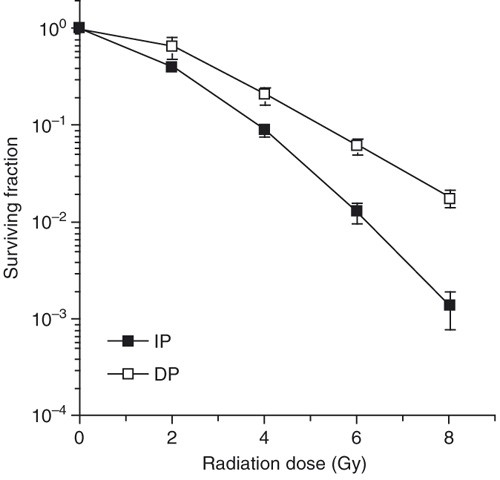
Clonogenic Assay Of Cells In Vitro Nature Protocols
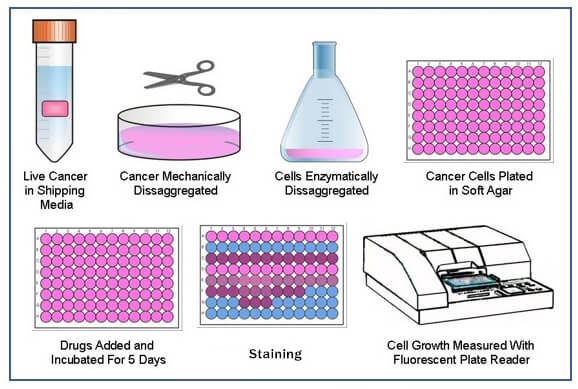
Soft Agar Colony Formation Assay Creative Bioarray Creative Bioarray

Full Text Inhibition Of Foxo1 By Small Interfering Rna Enhances Proliferation An Ott

In Vitro Co Culture Of Mesenchymal Stem Cells And
Www Mdpi Com 73 4409 8 2 117 Pdf
Www Ahajournals Org Doi Pdf 10 1161 Circresaha 110 2317
In vitro Cytotoxicity Assay Colony Forming Assay (hamster cell line V79) In this assay the cytotoxicity of leachable substances released from the test item is assessed through the colony forming ability after treatment with various concentrations of the test item extract compared to the controls.

Colony formation assay protocol. The clonogenic or colony formation assay is a widely used method to study the number and size of cancer cell colonies that remain after irradiation or cytotoxic agent administration and serves as a measure for the antiproliferative effect of these treatments Alternatively, this assay is used to quantitate the transforming potential of cancer associated genes and chemical agents. Soft Agar Assay Protocol 1 Preparation of Base Agar a Dissolve 1% agarose (Difco Agar Noble) in sterile H, cool to 42°C in water bath Use autoclaved 125 mL screwtop bottle b Warm 2X DMEM w/% FBS and antibiotics to 42° in water bath i. Soft Agar Assay Protocol 1 Preparation of Base Agar a Dissolve 1% agarose (Difco Agar Noble) in sterile H, cool to 42°C in water bath Use autoclaved 125 mL screwtop bottle b Warm 2X DMEM w/% FBS and antibiotics to 42° in water bath i.
The Soft Agar Assay for Colony Formation is an anchorage independent growth assay in soft agar, which is considered the most stringent assay for detecting malignant transformation of cells For this assay, cells (pretreated with carcinogens or carcinogen inhibitors) are cultured with appropriate controls in soft agar medium for 2128 days. Soft Agar Colony Formation Assay Base Agar Melt 12% Agar (molecular biology grade, low melt temp), cool in 42°C water bath Warm 2x medium % FBS 2x antibiotics in 42°C water bath Allow at least 30m for temperature to equilibrate. A clonogenic assay, also known as a colony formation assay is an in vitro cell survival assay It assesses the ability of single cells to survive and reproduce to form colonies 1 This assay was first described in the 1950s, where it was used to study the effects of radiation on cancer cell survival and growth and has subsequently played an essential role in radiobiology 2.
The colony formation assay (CFA) is the gold standard for measuring the effects of cytotoxic agents on cancer cells in vitro;. (a) a traditional assay for colony forming units (CFUs) and (b) singlecell colony forming unit assay (ScCFU). ColonyForming Assays One of the most widely used assays for characterizing hematopoietic stem and progenitor cells (HSPCs) is the colonyforming unit (CFU) assay, which allows measurement of the proliferation and differentiation potential of individual cells within a sample.
Clonogenic assay or colony formation assay is an in vitro cell survival assay based on the ability of a single cell to grow into a colony The colony is defined to consist of at least 50 cells. The Colony Formation Unit (CFU) Cell Assay The colony forming unit (CFU) cell assay, or CFC assay, is used to study the proliferation and differentiation of hematopoietic progenitors by their ability to form colonies in a semisolid medium such as methylcellulose or agar. Soft agar colony formation assay Adapted from protocol provided by Mark Greene’s lab (UPenn) Seaplaque lowmelting temperature agarose, $/25g (Cambrex Biosciences or Lonza) Make ahead complete DMEM (with 10% FBS, pen/strep) HEPES Add 25 mL 1M HEPES to 100 mL complete DMEM Always feed cells with complete DMEMHEPES 1.
The soft agar colony formation assay has since been modified, in more recent years, to address specific needs One variation involves incorporation of fluorometric dye to allow for highthroughput. This video provides a stepbystep procedure for setting up hematopoietic colonyforming unit (CFU) assays using semisolid methylcellulosebased MethoCult™ mediumThis procedure includes preparing materials and cells, plating in MethoCult™ medium, and incubating. The applicability of a human tumor colonyforming assay to drug screening was investigated in terms of feasibility, validity, and potential for discovering new antitumor drugs Feasibility was addressed in a pilot study during which basic methods, appropriate assay quality controls, and a standardized protocol for screening were developed.
Soft Agar Colony Formation Assay Darren Carpizo, MD Overview This assay is designed to assay a cell's ability to grow unattached to a surface and therefore suspended in agar The assays are done in 6cm plates A bottom layer of enriched media agar is poured first (25ml), after solidifying this is followed by a layer containing a. Clonogenic assays serve as a useful tool to test whether a given cancer therapy can reduce the clonogenic survival of tumor cells A colony is defined as a cluster of at least 50 cells that can often only be determined microscopically A clonogenic assay is the method of choice to determine cell reproductive death after treatment with ionizing radiation, but can also be used to determine the. Before beginning a colony formation assay, the dose of antibiotic required to kill your target cell line needs to be empirically determined Treat the target cells with a range of doses of antibiotic Determine the minimum concentration required to kill all of the cells Use this dose for the colony formation assay.
However, in its traditional 6well format, it is a timeconsuming assay, particularly when evaluating combination therapies. Every assay should as a minimum have one positive and one negative control, ie the vector alone versus vector containing something ‘toxic’ If you try to rescue colony formation with l2 or dn–p53 it can be done in an equal ratio, ie 25 µg ‘your construct’ 25 µg l2/ dn p53 vector. This video protocol provides stepbystep instructions on how to consistently perform the Colony Forming Cell (CFC) Assay Tips are provided throughout the video to help optimize the assay procedure, including tricks to accurately evaluate and score colony formations.
Plating Cells for Colony Formation 1 Treat the cells with a cytotoxic stimulus as described in Protocol Triggering Apoptosis in Hematopoietic Cells with Cytotoxic Drugs (Crowley et al 15) or Protocol Triggering Death of Adherent Cells with Ultraviolet Radiation (Crowley and Waterhouse 15b) 2 Observe the cells with a brightfield microscope. 2Flow Cytometry and Imaging, QIMR Berghofer Medical Research. Colony formation assaydocx Download How to cite Readers should cite both the Bioprotocol article and the original research article where this protocol was used 1.
A clonogenic assay is a cell biology technique for studying the effectiveness of specific agents on the survival and proliferation of cells It is frequently used in cancer research laboratories to determine the effect of drugs or radiation on proliferating tumor cells as well as for titration of Cellkilling Particles (CKPs) in virus stocks It was first developed by TT Puck and Philip I. In vitro Cytotoxicity Assay Colony Forming Assay (hamster cell line V79) In this assay the cytotoxicity of leachable substances released from the test item is assessed through the colony forming ability after treatment with various concentrations of the test item extract compared to the controls. Colony formation and is intended for counting total CFUs in CB after much shorter culture periods than the 14 16 days of CFU assays in other MethoCult™ media Colonies grown in MethoCult™ Express are larger than in standard MethoCult™ media and can be counted as early as after 7 days of culture, but without distinction of colony types.
SOFT AGAR ASSAY FOR COLONY FORMATION Note All volumes are calculated to cater for four plates per point Base Agar 1 Melt 1% Agar (DNA grade) in microwave, cool to 40 °C in a water bath Warm 2X DMEM/F12 additives to 40 °C in water bath Allow at least 30 minutes for temperature to equilibrate. Every assay should as a minimum have one positive and one negative control, ie the vector alone versus vector containing something ‘toxic’ If you try to rescue colony formation with l2 or dn–p53 it can be done in an equal ratio, ie 25 µg ‘your construct’ 25 µg l2/ dn p53 vector. Colony forming or clonogenic assay is an in vitro quantitative technique to examine the capability of a single cell to grow into a large colony through clonal expansion Clonogenic activity is a sensitive indicator of undifferentiated cancer stem cells.
The soft agar colony formation assay is a method used to confirm cellular anchorageindependent growth in vitro The goal of this protocol is to illustrate a stringent method for the detection of the tumorigenic potential of transformed cells and the tumor suppressive effects of proteins on transformed cells. Soft Agar Colony Formation Assay Base Agar Melt 12% Agar (molecular biology grade, low melt temp), cool in 42°C water bath Warm 2x medium % FBS 2x antibiotics in 42°C water bath Allow at least 30m for temperature to equilibrate. The colony formation assay (CFA) is the gold standard for measuring the effects of cytotoxic agents on cancer cells in vitro;.
The Soft Agar Assay for Colony Formation is an anchorage independent growth assay in soft agar, which is considered the most stringent assay for detecting malignant transformation of cells For this assay, cells (pretreated with carcinogens or carcinogen inhibitors) are cultured with appropriate controls in soft agar medium for 2128 days. The clonogenic assay or colony forming assay is a wellestablished in vitro method for testing the survival and proliferative capability of cancer cells, and more recently cancer stem cells, under different treatment conditions 1 The assay assesses clonogenicity the ability of a cell to clone itself and grow into a full colony of cloned cells 2. This video provides a stepbystep procedure for setting up hematopoietic colonyforming unit (CFU) assays using semisolid methylcellulosebased MethoCult™ mediumThis procedure includes preparing materials and cells, plating in MethoCult™ medium, and incubating.
Colony forming or clonogenic assay is an in vitro quantitative technique to examine the capability of a single cell to grow into a large colony through clonal expansion Clonogenic activity is a sensitive indicator of undifferentiated cancer stem cells. In many cases it is essential to measure the proliferative capacity of treated cells to provide an indirect measurement of cell death This can be achieved using the colonyforming assay described here This protocol specifically applies to measurement of HeLa cells but can be used for most adherent celllines with limited motility. This video protocol provides stepbystep instructions on how to consistently perform the Colony Forming Cell (CFC) Assay Tips are provided throughout the v.
A Guide to the Colony Forming Cell Assay Methods and Tips This video protocol provides stepbystep instructions on how to consistently perform the Colony Forming Cell (CFC) Assay Tips are provided throughout the video to help optimize the assay procedure, including tricks to accurately evaluate and score colony formations. Any anchorage–independent growth of tumor cells is estimated by a soft–agar colony formation assay This protocol provides a general workflow for establishing a softagar colony formation assay Bioprotocol is an online peerreviewed protocol journal. Colony formation in soft agar is the goldstandard assay for cellular transformation in vitro, but it is unsuited for highthroughput screening Here, we describe an ass ay for cellular transformation that involves growth in low attachment (GILA) conditions and is strongly correlated with the softagar assay Using GILA, we describe.
The efficiency with which they form colonies still remains an important assay for the quality of cell preparations This chapter describes 2 methods to assay the colony forming ability of MSCs;. The colony forming cell (CFC) assay, also referred to as the methylcellulose assay, is an in vitro assay used in the study of hematopoietic stem cells The assay is based on the ability of hematopoietic progenitors to proliferate and differentiate into colonies in a semisolid media in response to cytokine stimulation. Lab Protocols Autoclaving Protein Assay Mini gel casting Midi gel casting, electrophoresis, blotting SDSPAGE recipe NuPage Western Blot Protocol Soft agar colony formation assay Wound healing assay Ethanol fixation for cell cycle analysis.
A colonyforming unit (CFU, cfu, Cfu) is a unit used in microbiology to estimate the number of viable bacteria or fungal cells in a sample Viable is defined as the ability to multiply via binary fission under the controlled conditions Counting with colonyforming units requires culturing the microbes and counts only viable cells, in contrast with microscopic examination which counts all. The Colony Formation Unit (CFU) Cell Assay The colony forming unit (CFU) cell assay, or CFC assay, is used to study the proliferation and differentiation of hematopoietic progenitors by their ability to form colonies in a semisolid medium such as methylcellulose or agar. Colony forming or clonogenic assay is an in vitro quantitative technique to examine the capability of a single cell to grow into a large colony through clonal expansion Clonogenic activity is a sensitive indicator of undifferentiated cancer stem cells.
The clonogenic assay or colony forming assay is a wellestablished in vitro method for testing the survival and proliferative capability of cancer cells, and more recently cancer stem cells, under different treatment conditions 1 The assay assesses clonogenicity the ability of a cell to clone itself and grow into a full colony of cloned cells 2. ColonyForming Assays One of the most widely used assays for characterizing hematopoietic stem and progenitor cells (HSPCs) is the colonyforming unit (CFU) assay, which allows measurement of the proliferation and differentiation potential of individual cells within a sample. Colony, which lent the assay the alternative name of colony formation assay 3 In addition, the colony formation assay has also gained significance to evaluate the transforming or colony growth potential of oncogenes, such as Hras or CIP2A 5–7 Traditionally clonogenic assays have been performed by.
However, in its traditional 6well format, it is a timeconsuming assay, particularly when evaluating combination therapies. Any anchorage–independent growth of tumor cells is estimated by a soft–agar colony formation assay This protocol provides a general workflow for establishing a softagar colony formation assay Bioprotocol is an online peerreviewed protocol journal. Soft Agar Colony Formation Assay;.
The Soft Agar Colony Formation Assay allows testing of the therapeutic efficacy of compounds for anchorageindependent cell growth In the Soft Agar Assay, cells grow from single cells to cell colonies in an agar solution keeping them from the solid surface and allows growth in an anchorageindependent way. 3 Restart imageJ and choose plugins>colony counter 4 Open image This counter seems to work best with 8 bit images so if image is 16 bit (images from the Alphaimager are 16 bit), change to 8 bit with image>type>8bit 5 Save 8 bit image image (with new name) Then reopen with colony counter panel. Soft Agar Colony Formation Assay;.
Soft Agar Colony Formation Assay Colony formation in soft or hard agar Last updated 8/12/14 By Madison Weg and Tim Starr Overview Use this protocol to test for cellular transformation exhibited by the ability to grow in an anchorageindependent setting Normal cells will not grow in soft agar due to anoikis, while transformed cells will. Protocol Measuring Survival of Adherent Cells with the ColonyForming Assay Lisa C Crowley,1 Melinda E Christensen,1,2,3 and Nigel J Waterhouse1,2,4,5 1Apoptosis and Cytotoxicity Laboratory, Mater Research, Translational Research Institute, Woolloongabba, Brisbane, Queensland 4102, Australia;. Crystal Violet Cell Colony Staining 1L Fixing/Staining solution 05 g Crystal Violet (005% w/v) 27 ml 37% Formaldehyde (1%) 100 mL 10X PBS (1X) 10 mL Methanol (1%) 863 dH to 1L 1) Remove media (do not wash cells) 2) Add staining solution to cover dish 3) Stain for min at room temperature 4) Remove fix/stain solution and save.
Colony formation assay is the gold standard to determine cell reproductive death after treatment with ionizing radiation, applied for different cell lines or in combination with other treatment modalities Associated linearquadratic cell survival curves can be calculated with different methods For easy code exchange and methodological standardisation among collaborating laboratories a. 3 Restart imageJ and choose plugins>colony counter 4 Open image This counter seems to work best with 8 bit images so if image is 16 bit (images from the Alphaimager are 16 bit), change to 8 bit with image>type>8bit 5 Save 8 bit image image (with new name) Then reopen with colony counter panel. Colony formation assaydocx Download How to cite Readers should cite both the Bioprotocol article and the original research article where this protocol was used 1.
4 Application Note – Endothelial Cell Tube Formation Assay Use aseptic techniques and a laminar flow bench Assay Protocol II Tube Formation Assay Protocol 1 Seed PromoCell endothelial cells and allow them to grow Plate endothelial cells in an appropriate culture vessel using the recommended PromoCell growth medium. Soft Agar Colony Formation Assay Colony formation in soft or hard agar Last updated 8/12/14 By Madison Weg and Tim Starr Overview Use this protocol to test for cellular transformation exhibited by the ability to grow in an anchorageindependent setting Normal cells will not grow in soft agar due to anoikis, while transformed cells will. The clonogenic or colony formation assay is a widely used method to study the number and size of cancer cell colonies that remain after irradiation or cytotoxic agent administration and serves as a measure for the antiproliferative effect of these treatments Alternatively, this assay is used to quantitate the transforming potential of cancer associated genes and chemical agents.
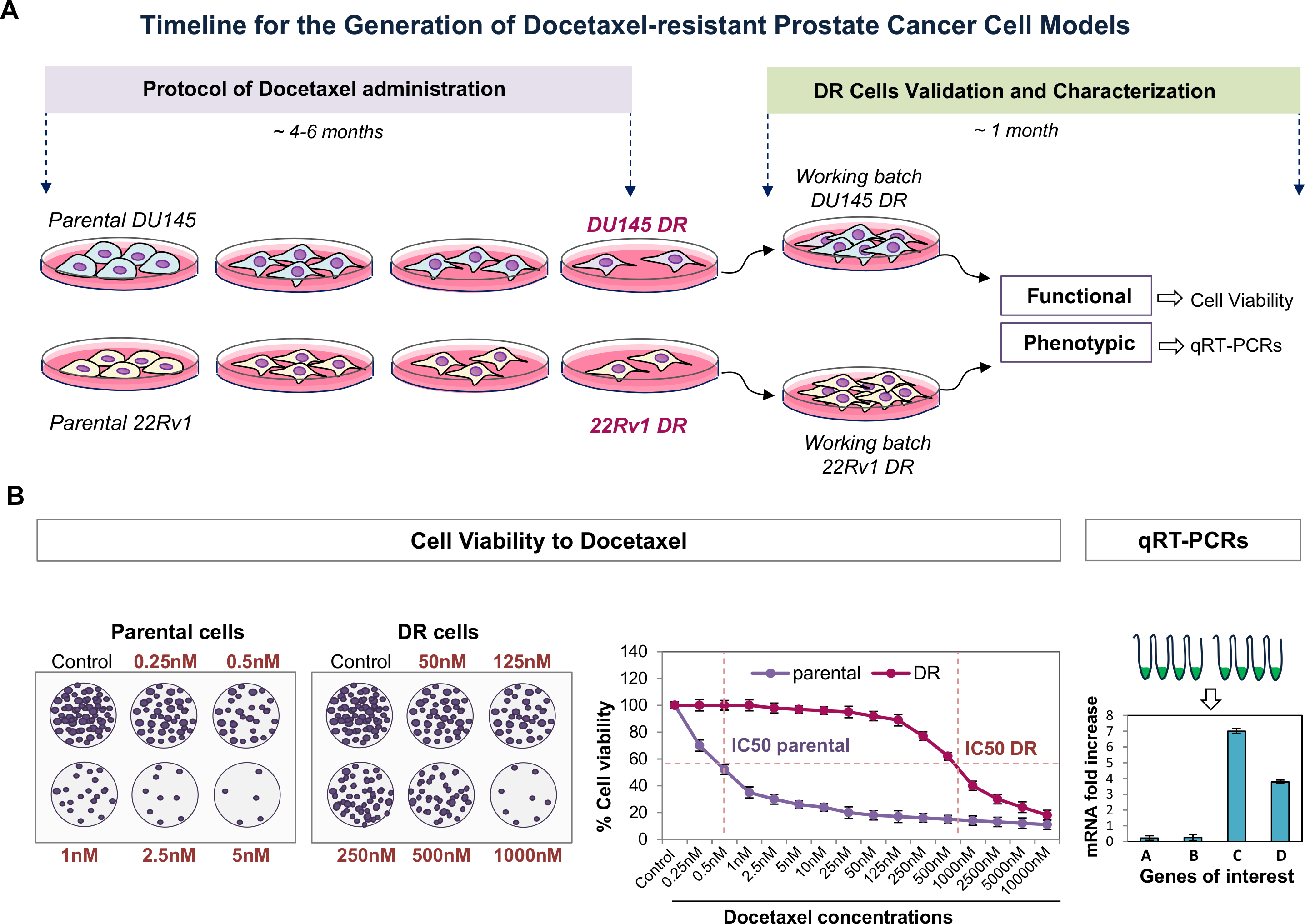
Generation Of Prostate Cancer Cell Models Of Resistance To The Anti Mitotic Agent Docetaxel Protocol
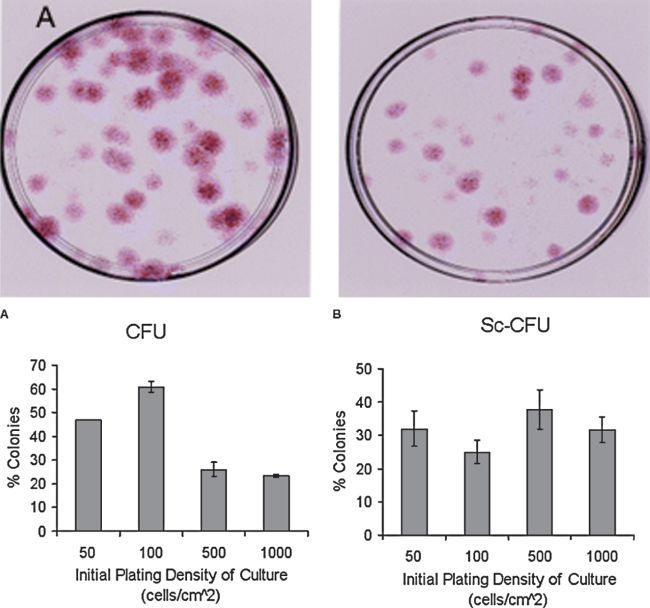
Colony Forming Unit Assays For Mscs Springerlink

Colony Forming Assay Showing E Ff Ect Of Lca And Lca Pip 1 At Di Ff Download Scientific Diagram
Q Tbn And9gcqevl1tjtnx3dgjrhl3xty1uu9km5e2puttr Bltwfj7wo3b2pb Usqp Cau

In Vitro Co Culture Of Mesenchymal Stem Cells And

In Vitro Assessment Of Cobalt Oxide Particle Toxicity Identifying And Circumventing Interference Sciencedirect

The Human Colony Forming Cell Cfc Assay Using Methylcellulose Based Media R D Systems

Methodological Development Of A Clonogenic Assay To Determine Endothelial Progenitor Cell Potential Circulation Research

High Throughput Fluorescent Colony Formation Assay January 10
Onlinelibrary Wiley Com Doi Pdf 10 2164 Jandrol 109

Increased Efficiency For Performing Colony Formation Assays In 96 Well Plates Novel Applications To Combination Therapies And High Throughput Screening Biotechniques

Megacult Colony Assays Of Megakaryocyte Progenitors Cfu Mk

Schematic Picture Of The Clonogenic Assay Protocol To Investigate The Download Scientific Diagram
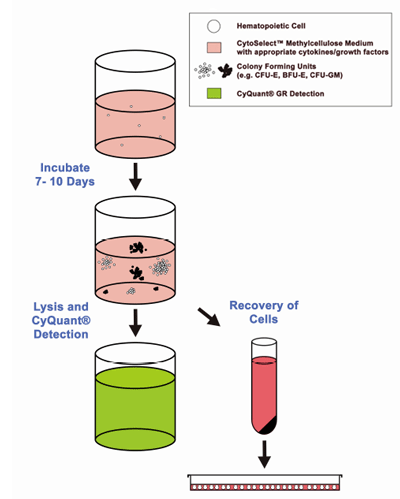
Cytoselect 96 Well Hematopoietic Colony Forming Cell Assay 96 Assays

Clonogenic Assay Youtube
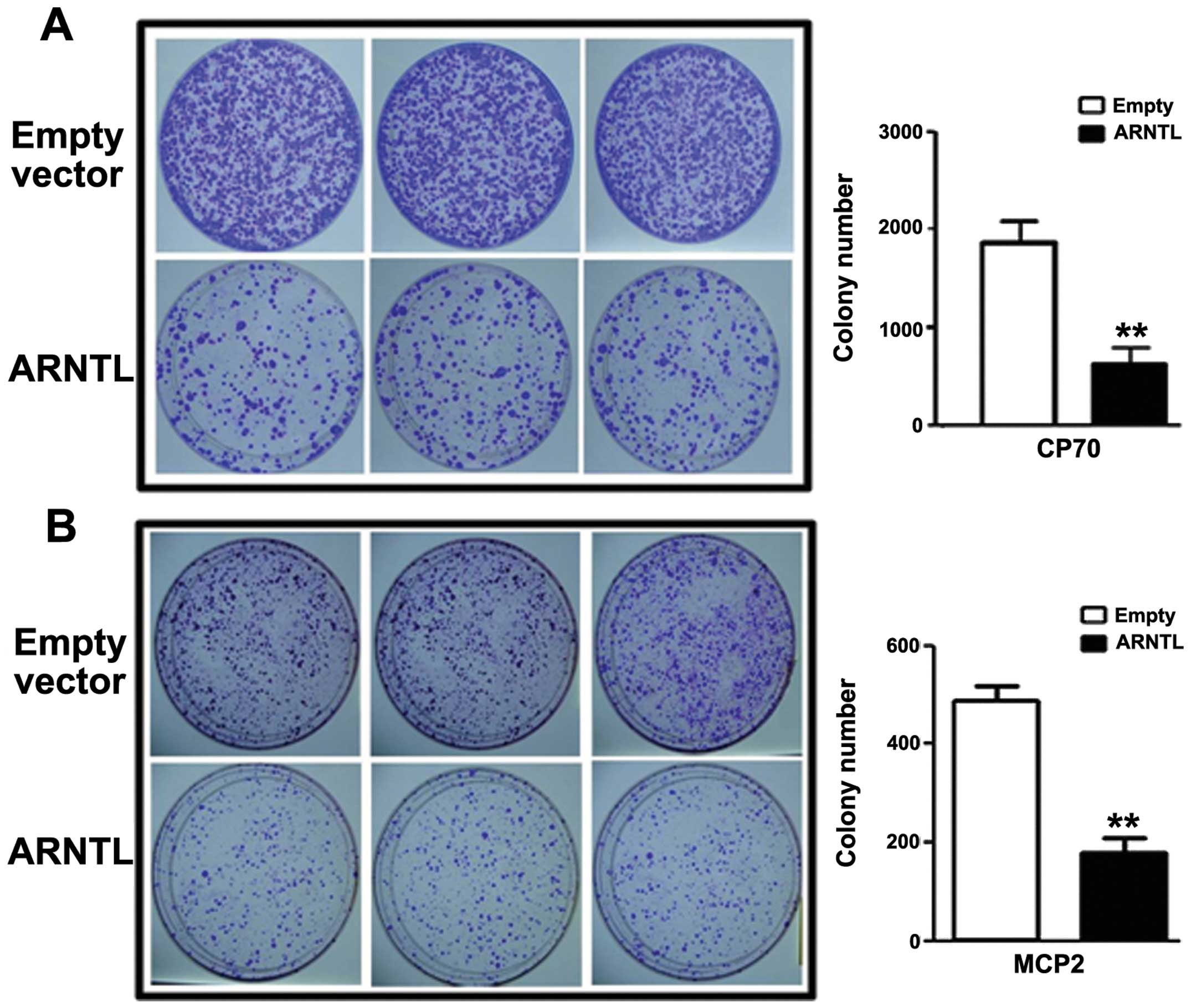
Epigenetic Silencing Of Arntl A Circadian Gene And Potential Tumor Suppressor In Ovarian Cancer
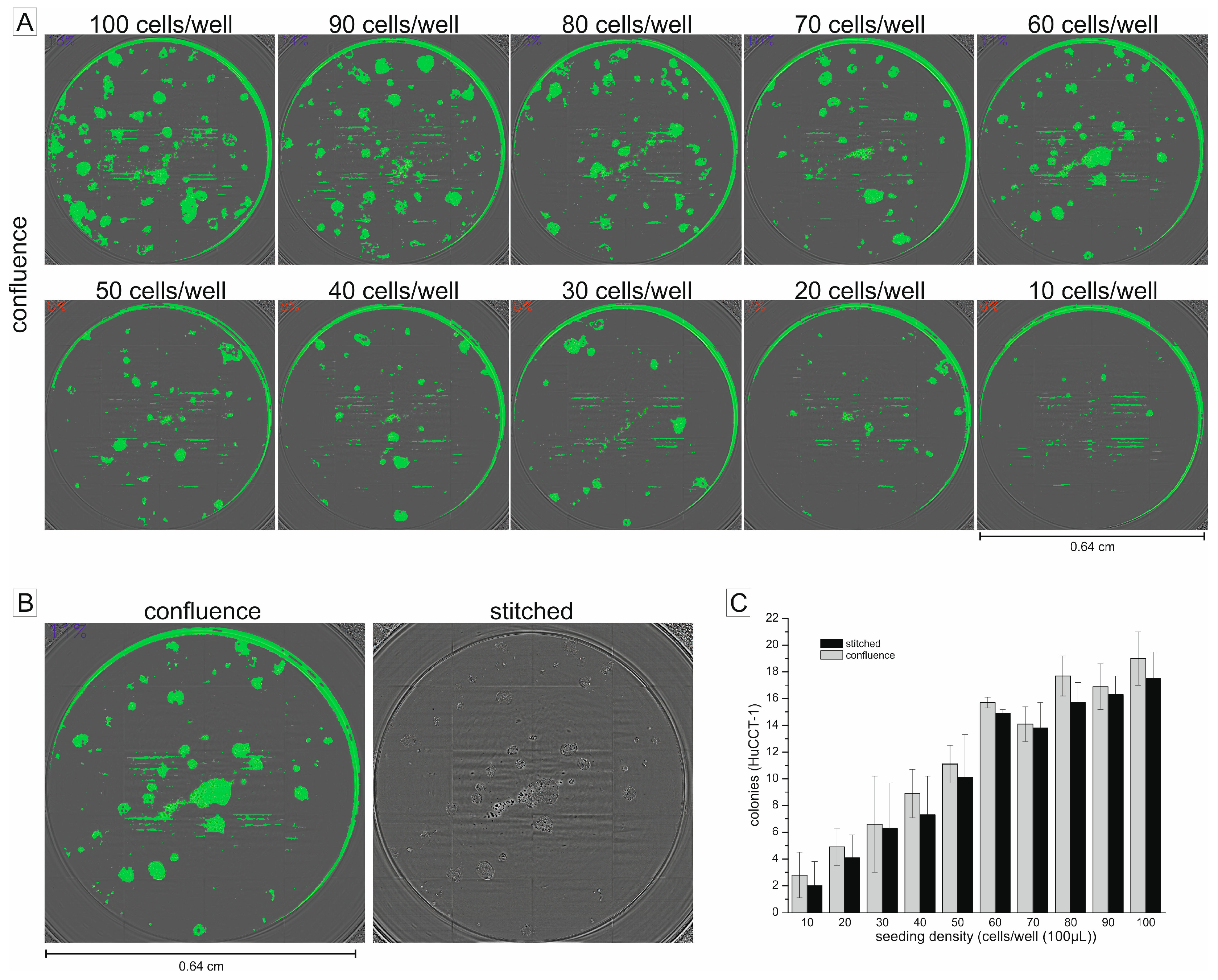
Ijms Free Full Text Miniaturization Of The Clonogenic Assay Using Confluence Measurement Html
Www Bionova Es Documents Cellbiolabs Cell Based Assays Pdf

Colony Formation Titering Assay For Lentivirus

Fig 1 Molecular And Cellular Biology
Www Hemogenix Com Cms Files Pdf 50yearscfc Pdf
Q Tbn And9gcsnbnrlcp4ypdywap5ocutaishsfpi7b9xfh2benbga 67lr9 P Usqp Cau
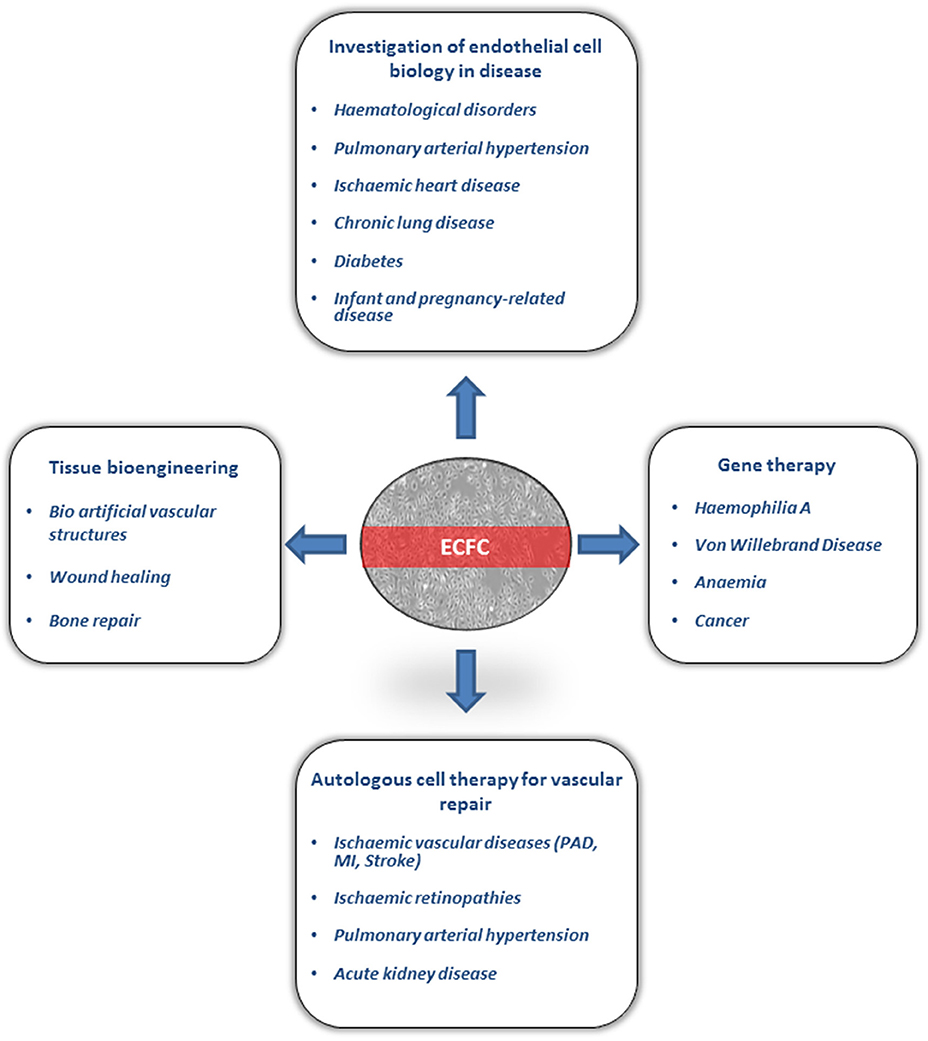
Frontiers Recent Advances In Endothelial Colony Forming Cells Toward Their Use In Clinical Translation Medicine

The Human Colony Forming Cell Cfc Assay Using Methylcellulose Based Media R D Systems

Cytoselect 96 Well Stem Cell Colony Forming Cell Assay 96 Assays

Full Text Paeoniflorin Suppresses Pancreatic Cancer Cell Growth By Upregulating Dddt

Isolation And Characterization Of Endothelial Colony Forming Cells From Mononuclear Cells Of Rat Bone Marrow Sciencedirect

Cytoselect 96 Well In Vitro Tumor Sensitivity Assay Soft Agar Colony Formation Assay Kit
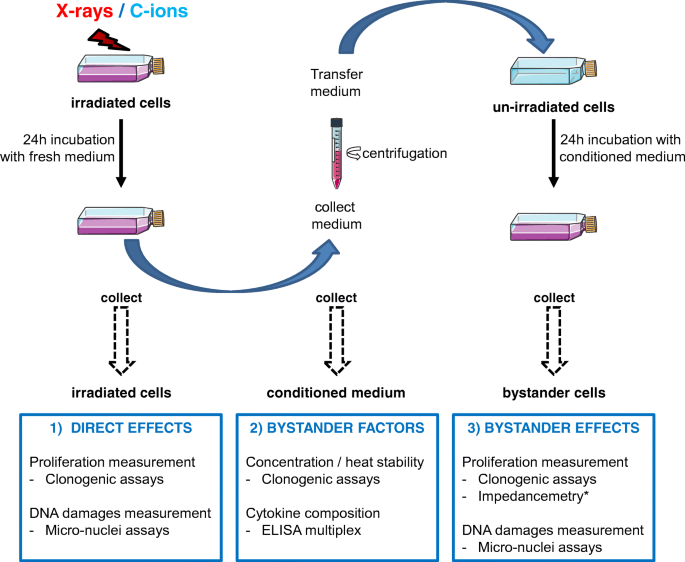
Bystander Effectors Of Chondrosarcoma Cells Irradiated At Different Let Impair Proliferation Of Chondrocytes Springerlink

Tsrna Signatures In Cancer Pnas
Artonin E Induces Apoptosis Via Mitochondrial Dysregulation In Skov 3 Ovarian Cancer Cells

Stemtag Stem Cell Colony Formation Assay Cell Recovery Compatible Assay Kit
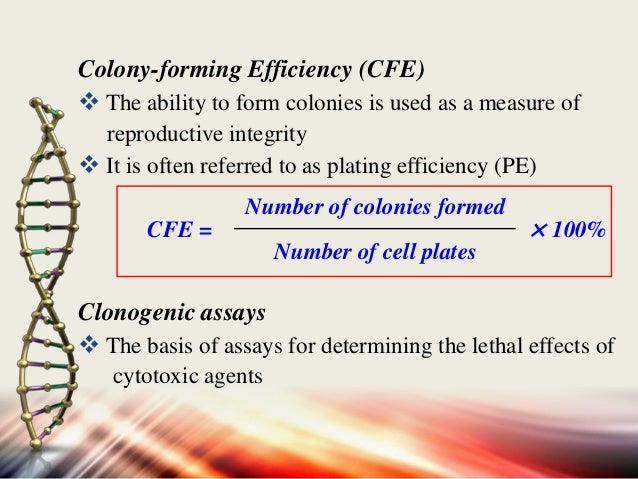
Apoptosis Assays Detection And Methods
Www Hemogenix Com Cms Files Pdf 50yearscfc Pdf

Schema Of The Protocol Of Cell Preparation And Clonogenic Assay B Download Scientific Diagram

A Colony Formation Assay Shows A Concentration Dependent Decrease In Download Scientific Diagram

The Soft Agar Colony Formation Assay Protocol

Automated Colony Formation Assay May 1

How To Set Up Hematopoietic Colony Forming Unit Cfu Assays Stemcell Technologies
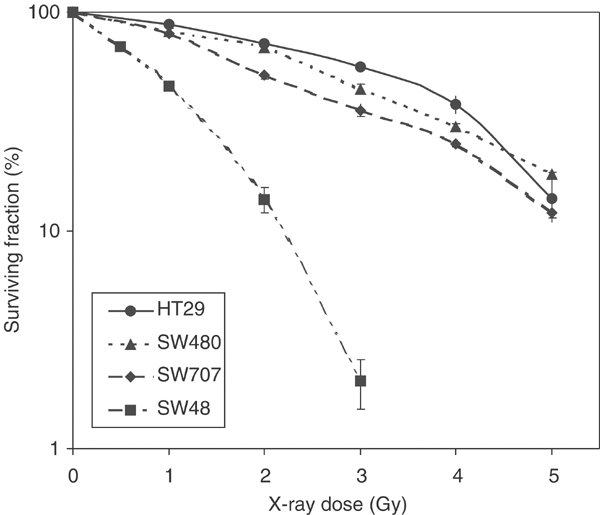
Relationship Between Clonogenic Radiosensitivity Radiation Induced Apoptosis And Dna Damage Repair In Human Colon Cancer Cells British Journal Of Cancer
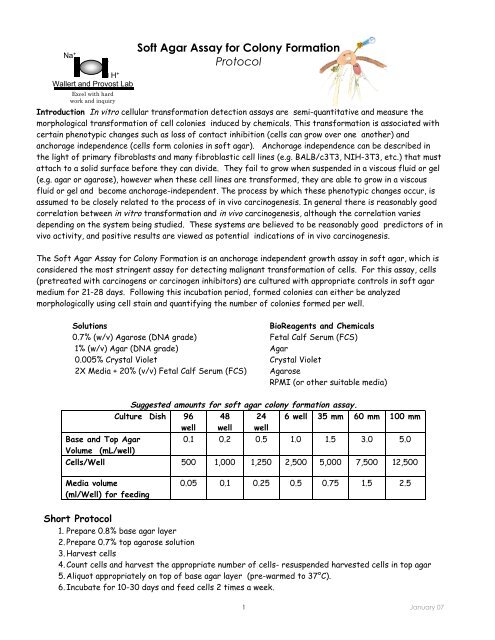
Soft Agar Assay Protocol
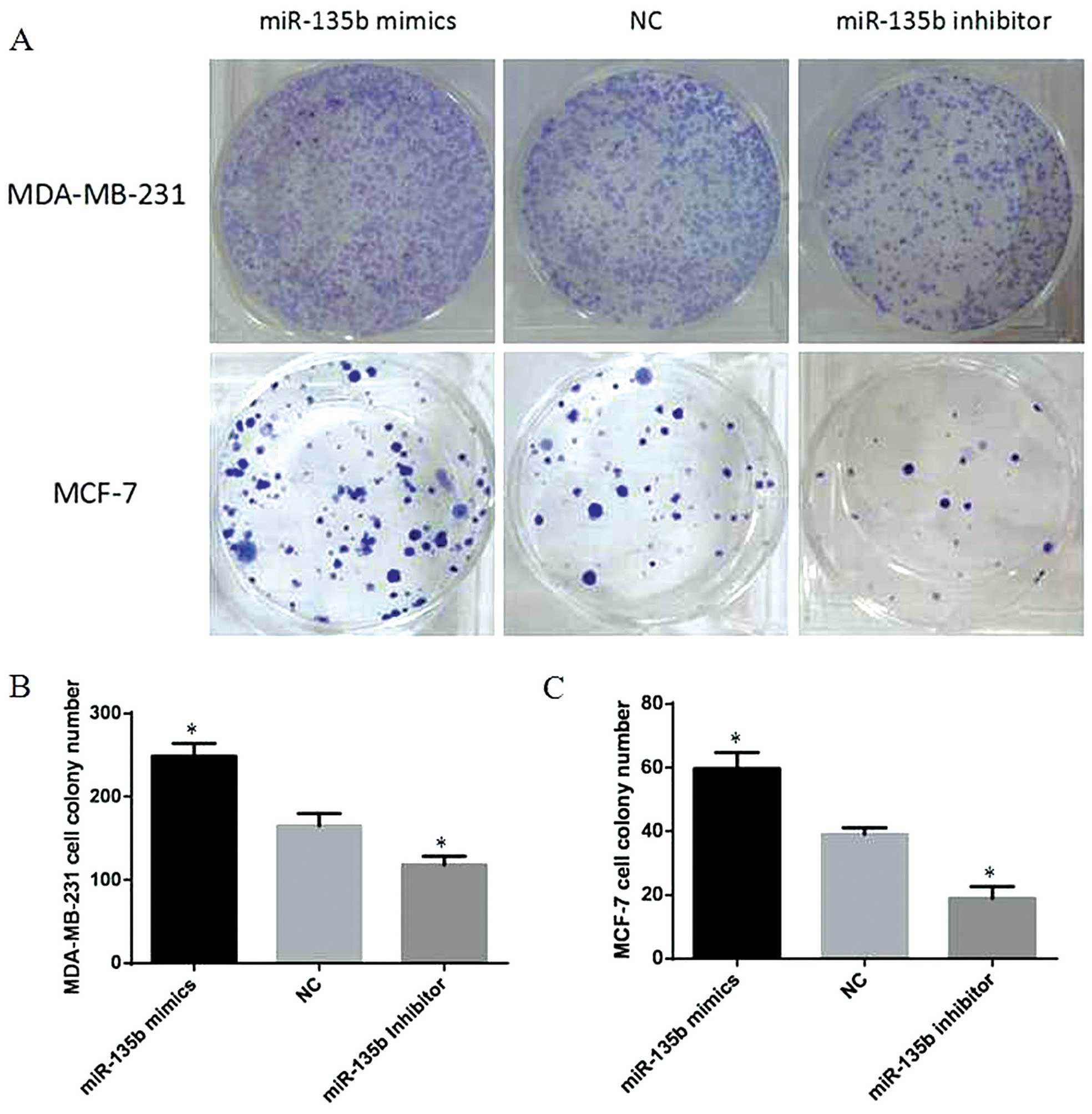
Mir 135b Upregulated In Breast Cancer Promotes Cell Growth And Disrupts The Cell Cycle By Regulating Lats2

Lngfr Thy 1 Vcam 1hi Cells Reveal Functionally Distinct Subpopulations In Mesenchymal Stem Cells Sciencedirect

In Vitro Colony Assays For Characterizing Tri Potent Progenitor Cells Isolated From The Adult Murine Pancreas Protocol

Cytosmart Clonogenic Assay What Why And How
Www Hemogenix Com Cms Files Pdf 50yearscfc Pdf
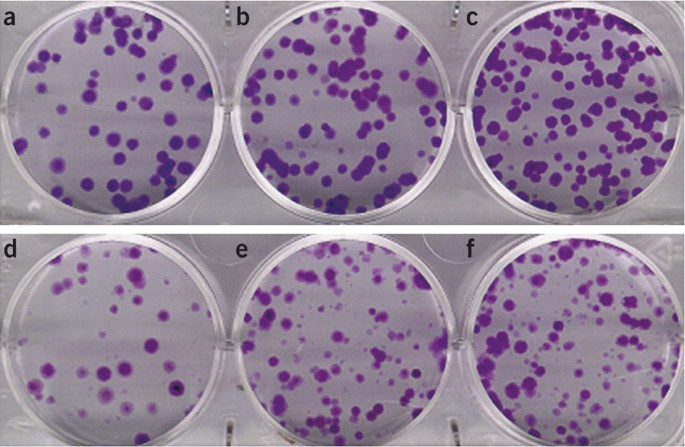
Clonogenic Assay Of Cells In Vitro Nature Protocols
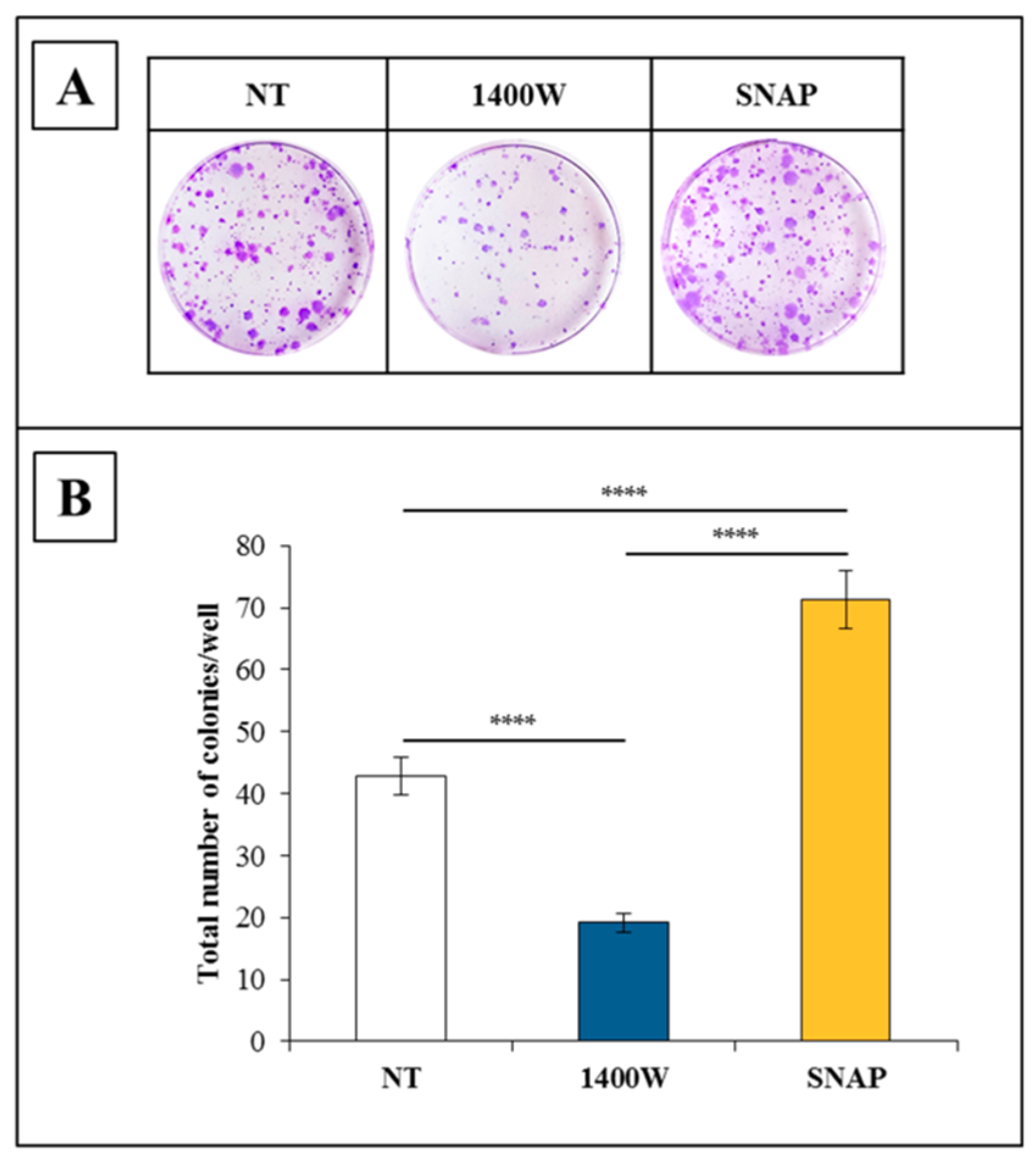
Ijms Free Full Text Involvement Of Nos2 Activity On Human Glioma Cell Growth Clonogenic Potential And Neurosphere Generation Html
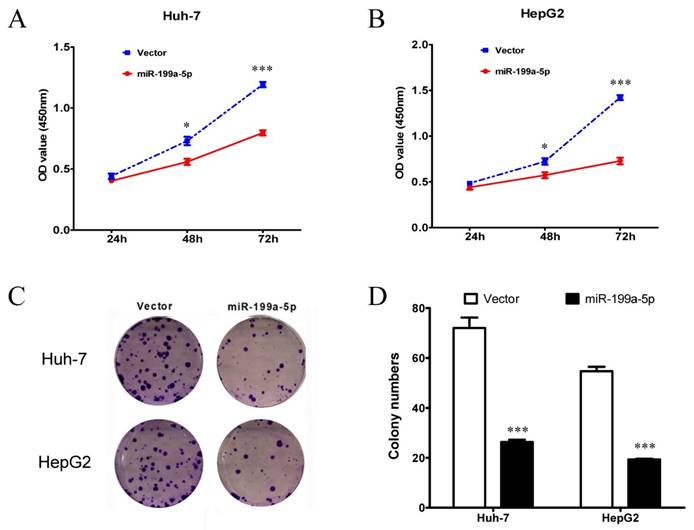
Mutual Regulation Of Mir 199a 5p And Hif 1a Modulates The Warburg Effect In Hepatocellular Carcinoma

Clonogenic Assay Creative Bioarray Creative Bioarray

Tumor Spheroid Formation Assay Sigma Aldrich
Www 2bscientific Com Getmedia 48cf7444 f3 4bbe B1ca Df2df3e965 Colony Formation Brochure 14 Pdf
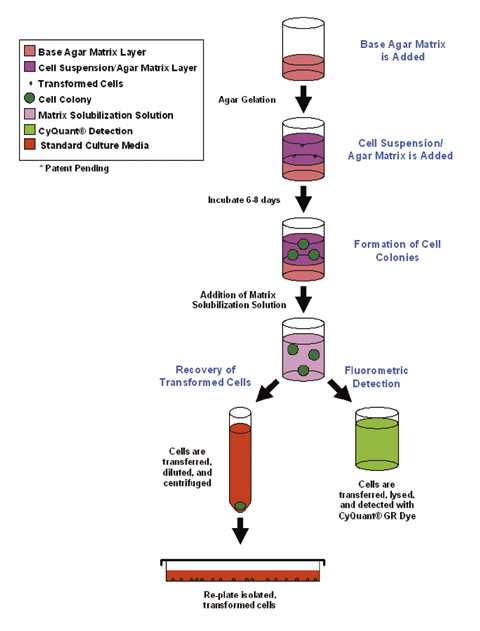
96 Well Cell Transformation Assays Soft Agar With Cell Recovery

Utilization Of The Soft Agar Colony Formation Assay To Identify Inhibitors Of Tumorigenicity In Breast Cancer Cells Protocol

Clonogenic Cell Survival Assay Semantic Scholar

Addgene Colony Formation Titering Assay
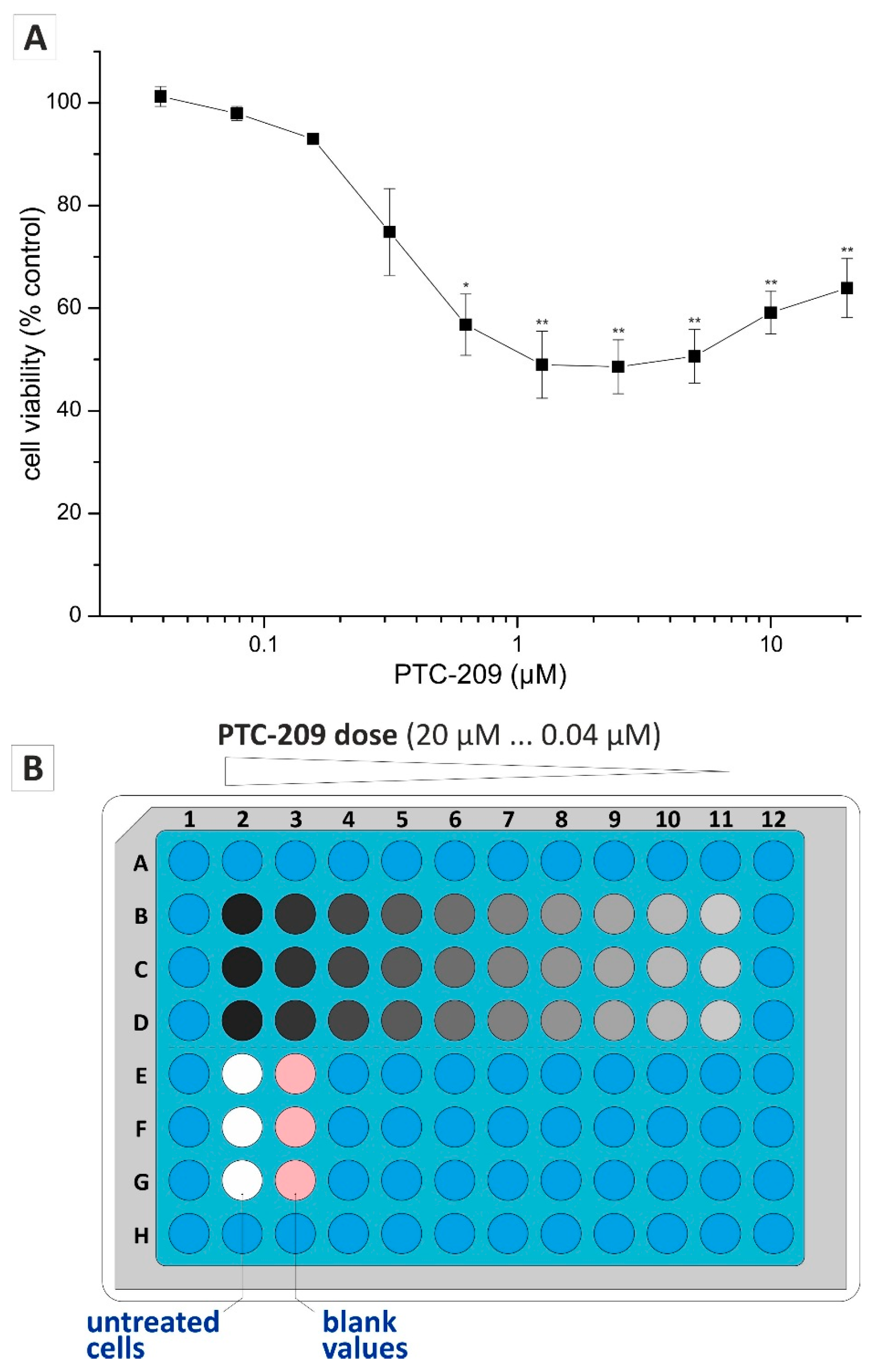
Ijms Free Full Text Miniaturization Of The Clonogenic Assay Using Confluence Measurement Html
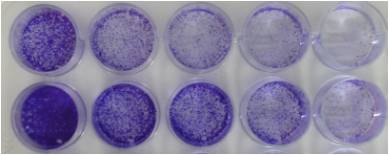
Clonogenic Assay Of Cells In Vitro Colony Formation Assay 네이버 블로그
Plos One Targeting Insulin Like Growth Factor 1 Receptor Inhibits Pancreatic Cancer Growth And Metastasis

Interlaboratory Comparison Study Of The Colony Forming Efficiency Assay For Assessing Cytotoxicity Of Nanomaterials Eu Science Hub
Q Tbn And9gcrtvvni4h5rkjo Wv Tyhvtbfgc Abzujrt27sggwwkji7q01r8 Usqp Cau
Q Tbn And9gctmvp9fr7qyyqokcnx9gi48bab1whgbinevei1czx Lrcii0wqm Usqp Cau

Oncogenic Transformation Of Human Mammary Epithelial Cells By Autocrine Human Growth Hormone Cancer Research
Www Bioscience Co Uk Userfiles Pdf Cba 130 Cell Transformation Assay 1 Pdf
Artscimedia Case Edu Wp Content Uploads Sites 198 16 10 Soft Agar Assay Protocol Pdf
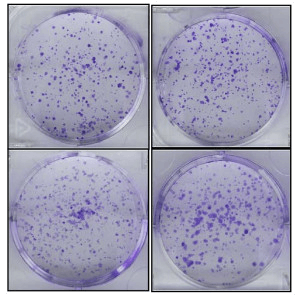
Clonogenic Assay Creative Bioarray Creative Bioarray
Stemmacs Hsc Cfu Assay Kit Human Stem Cell Media Cell Culture Media Macs Cell Culture And Stimulation Products Miltenyi Biotec Usa

Figure 21 1 Clonogenic Assay For Adherent Cells Cells Are Trypsinized Counted And Diluted As For Monolayer Dilution Cloning See Protocol 13 1 The Ppt Download

Cytosmart Clonogenic Assay What Why And How

Lt Hsc Methylcellulose Assay Bio Protocol

How To Set Up Hematopoietic Colony Forming Unit Cfu Assays Stemcell Technologies
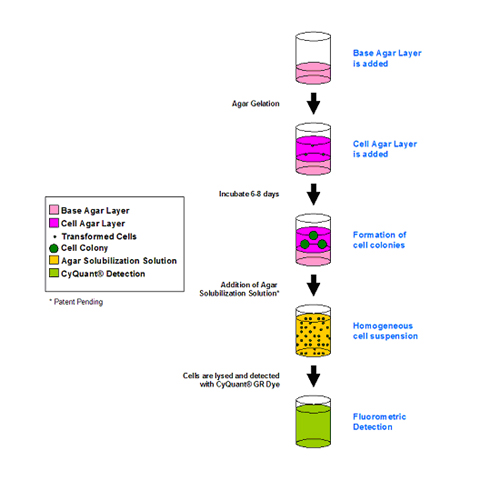
96 Well Cell Transformation Assays Standard Soft Agar
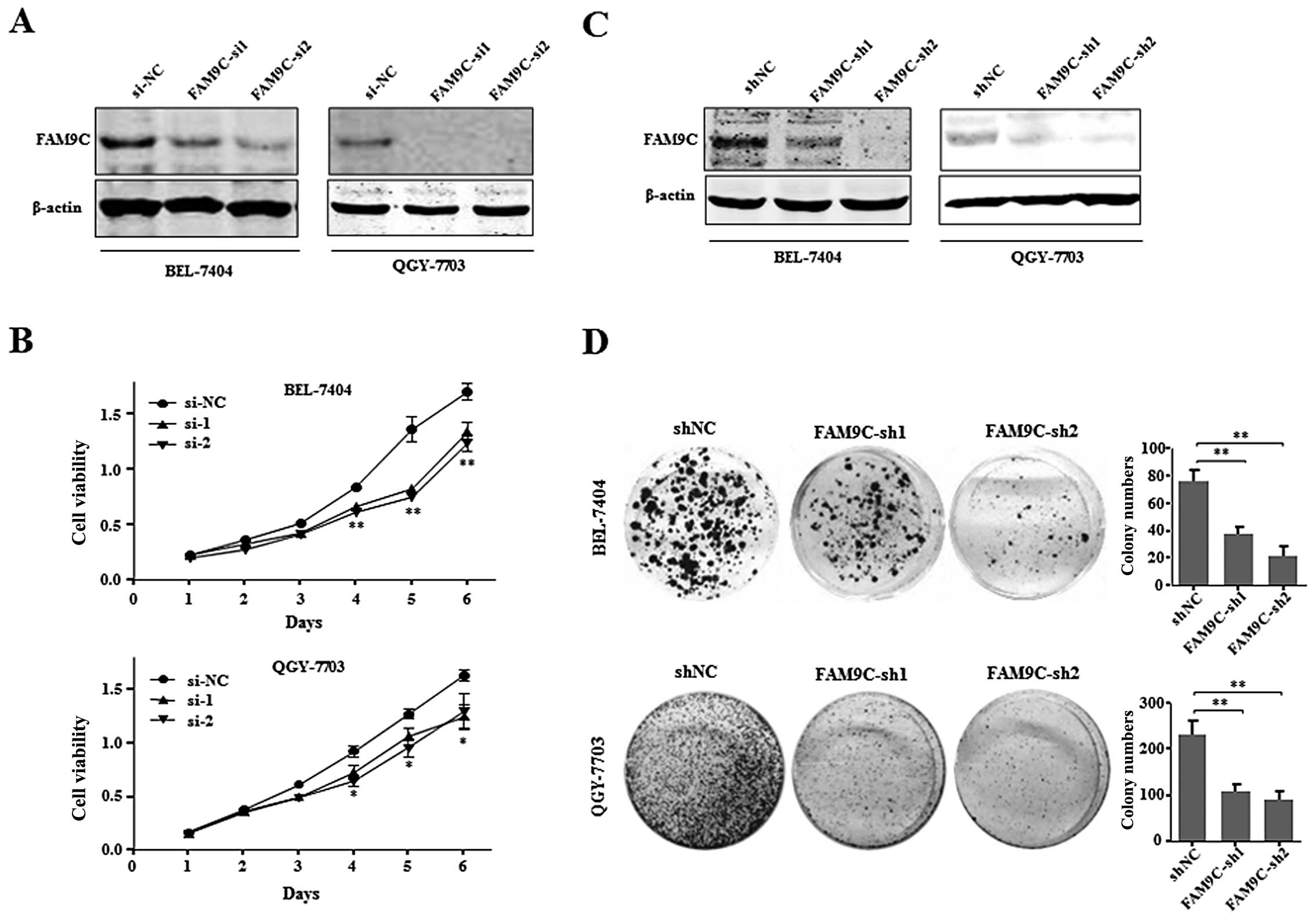
Fam9c Plays An Anti Apoptotic Role Through Activation Of The Pi3k Akt Pathway In Human Hepatocellular Carcinoma
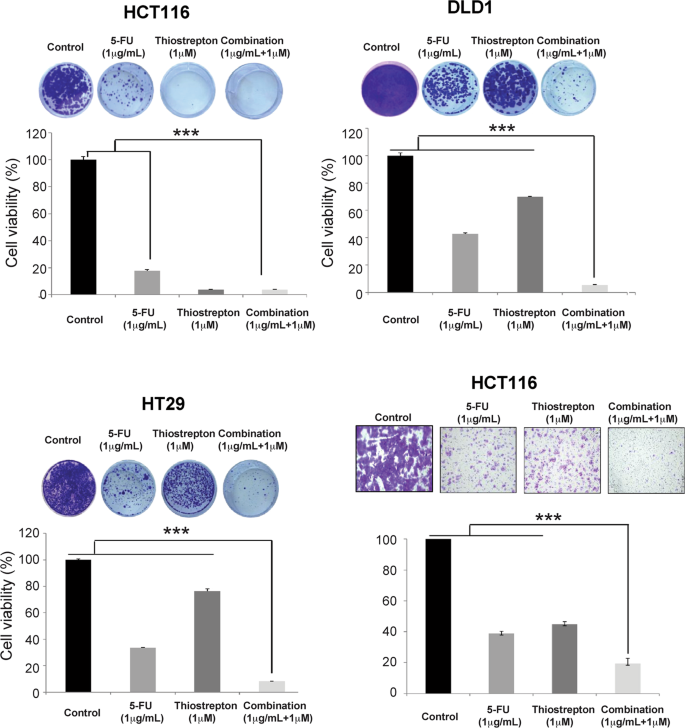
Foxm1 Modulates 5 Fu Resistance In Colorectal Cancer Through Regulating Tyms Expression Scientific Reports

Tumor Spheroid Formation Assay Sigma Aldrich

Pdf Clonogenic Assay Of Cells

Cambridge Bioscience Stemtag Stem Cell Colony Formation Assay
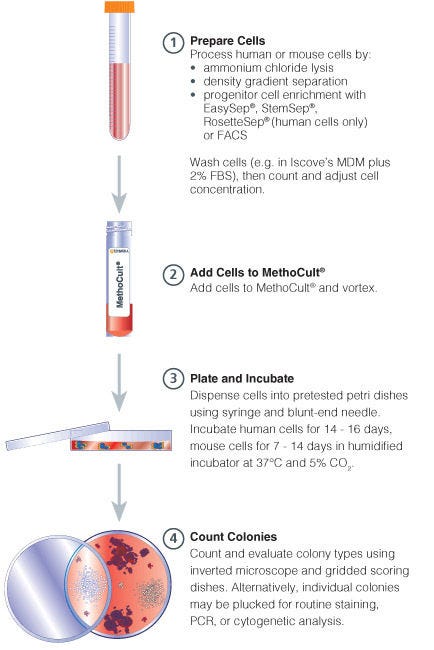
Methocult H4434 Classic Methylcellulose Medium Human Stemcell Technologies

Cytosmart Clonogenic Assay What Why And How
Plos One In Vitro And In Vivo Antitumor Activity Of A Novel Semisynthetic Derivative Of Cucurbitacin B

Mtt And Colony Formation Assays A Growth Curve Comparing Mda Mb 231 Download Scientific Diagram

Increased Efficiency For Performing Colony Formation Assays In 96 Well Plates Novel Applications To Combination Therapies And High Throughput Screening Biotechniques

Schema Of The Protocol Of Cell Preparation And Clonogenic Assay B Download Scientific Diagram

Cytoselect Cell Transformation Assays Cell Biolabs Bio Connect

Clonogenic Assay An Overview Sciencedirect Topics

In Vitro Assays And Techniques Utilized In Anticancer Drug Discovery Ediriweera 19 Journal Of Applied Toxicology Wiley Online Library
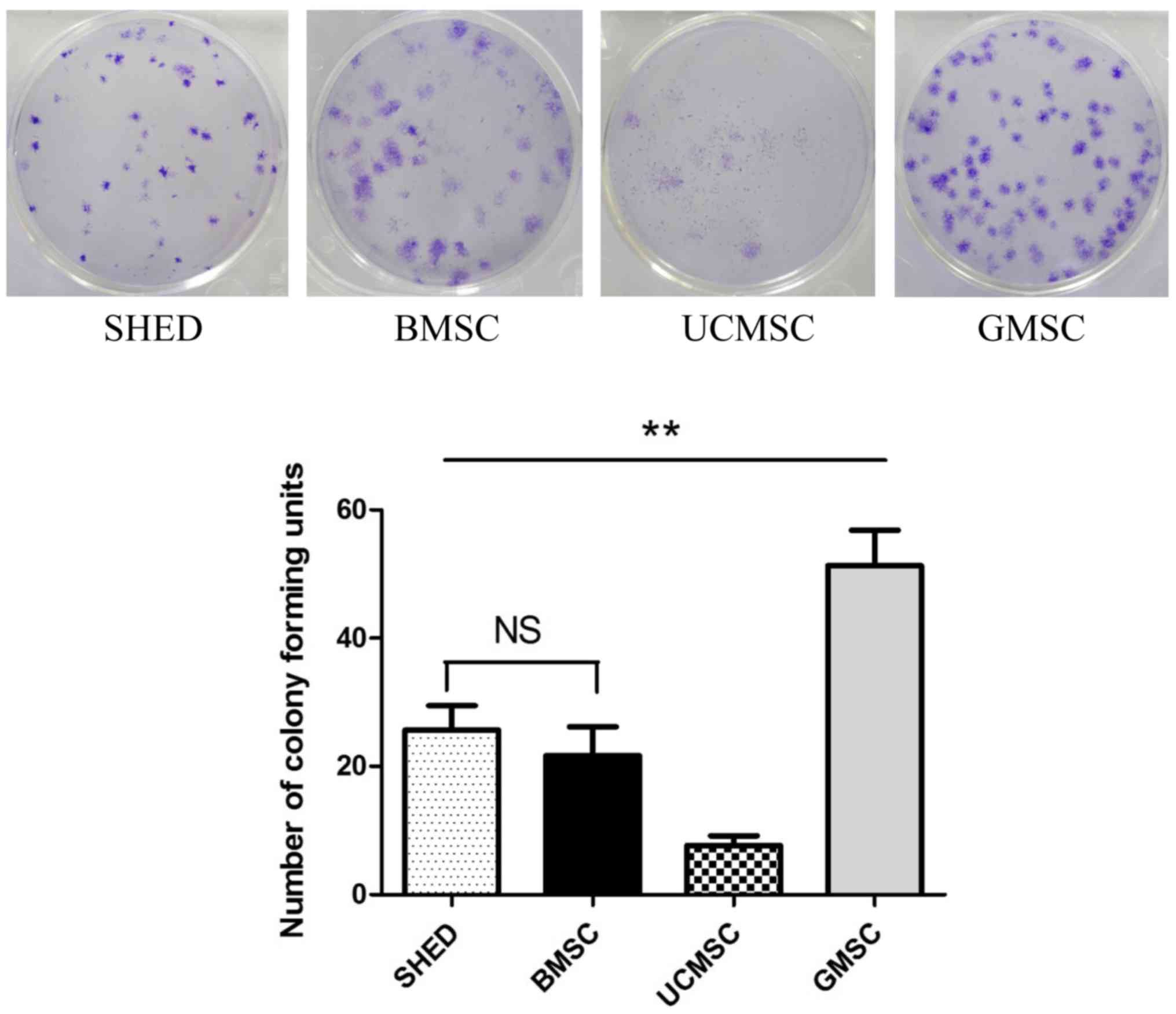
Comparison Of The Biological Characteristics Of Human Mesenchymal Stem Cells Derived From Exfoliated Deciduous Teeth Bone Marrow Gingival Tissue And Umbilical Cord
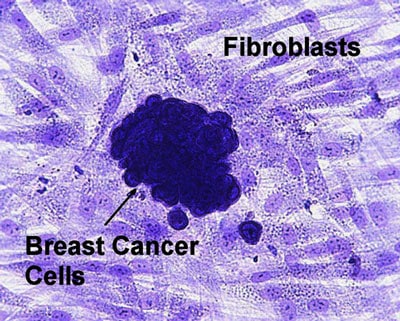
Clonogenic Assay Suspension Cells Colony Formations
Www 2bscientific Com Getmedia 48cf7444 f3 4bbe B1ca Df2df3e965 Colony Formation Brochure 14 Pdf
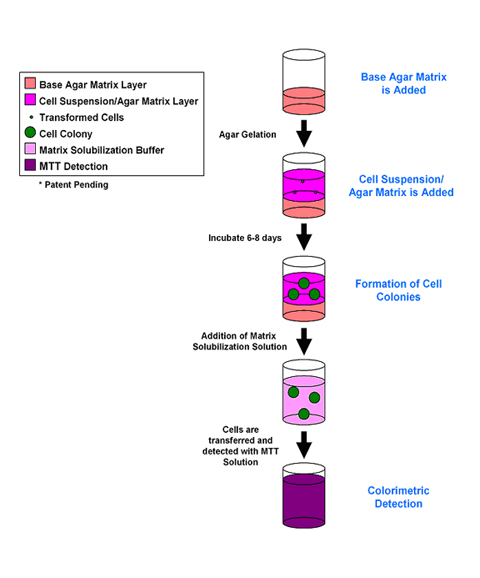
Tumor Sensitivity Assay
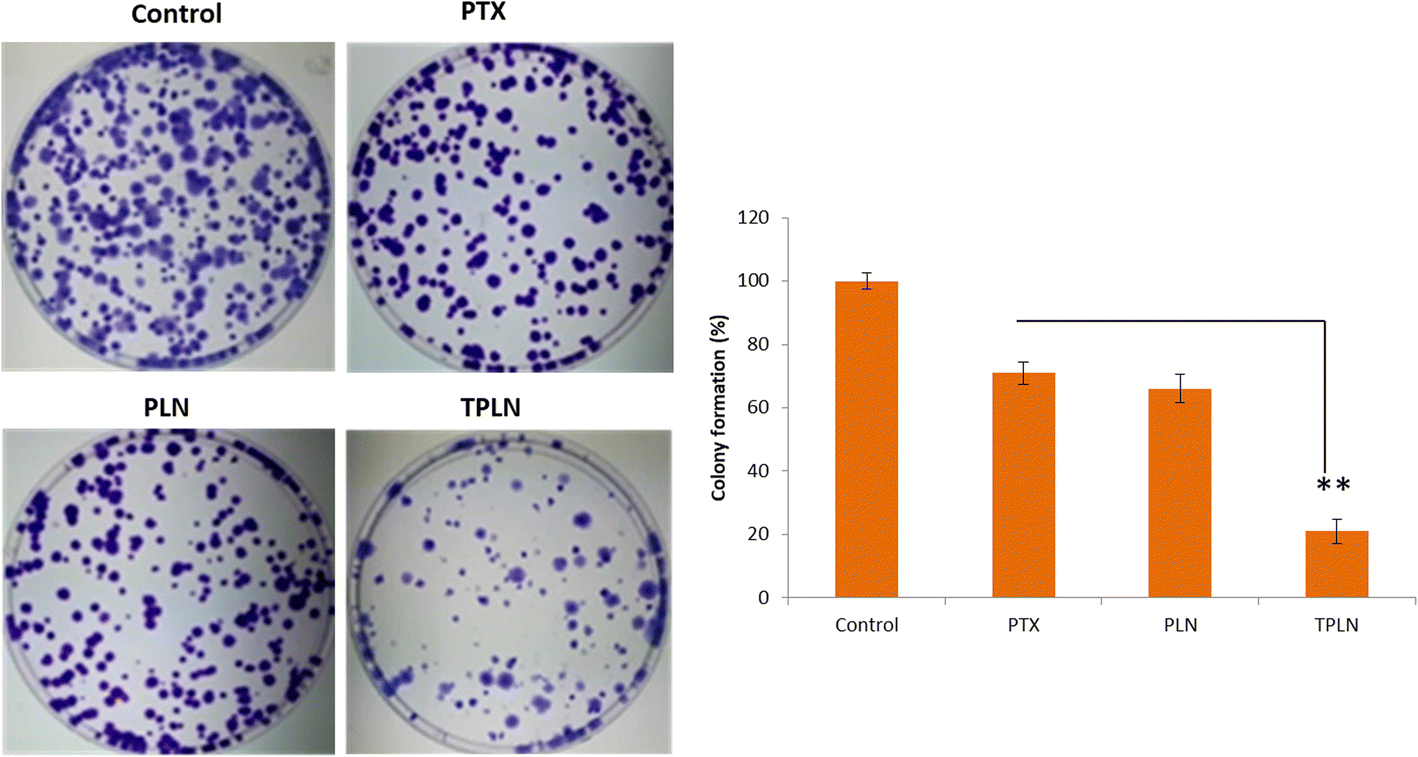
Antiproliferative And Apoptosis Triggering Potential Of Paclitaxel Based Targeted Lipid Nanoparticles With Enhanced Cellular Internalization By Transferrin Receptors A Study In Leukemia Cells Nanoscale Research Letters Full Text

Ppt Cell And Tissue Survival Assays Powerpoint Presentation Free Download Id
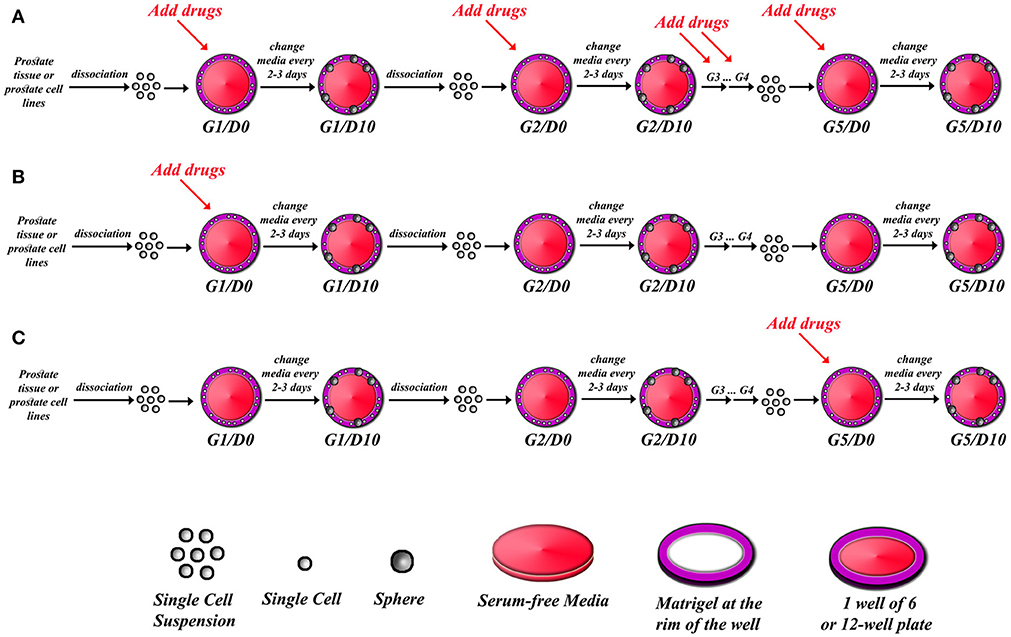
Frontiers Sphere Formation Assay Three Dimensional In Vitro Culturing Of Prostate Cancer Stem Progenitor Sphere Forming Cells Oncology

Mouse Methylcellulose Complete Media Without Epo Hsc008 R D Systems
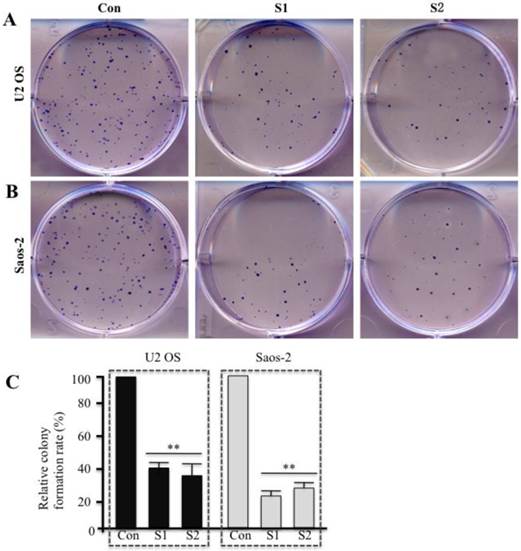
Mir 34a And Mir 3 Inhibit Survivin Expression To Control Cell Proliferation And Survival In Human Osteosarcoma Cells

Igem Imperial 09 M3 Assays Colonyformingunits Openwetware
Http Valterocchiena Com Pdf Listino Cell Biolabs Pdf

Cytotoxicity Freshney Major Reference Works Wiley Online Library



